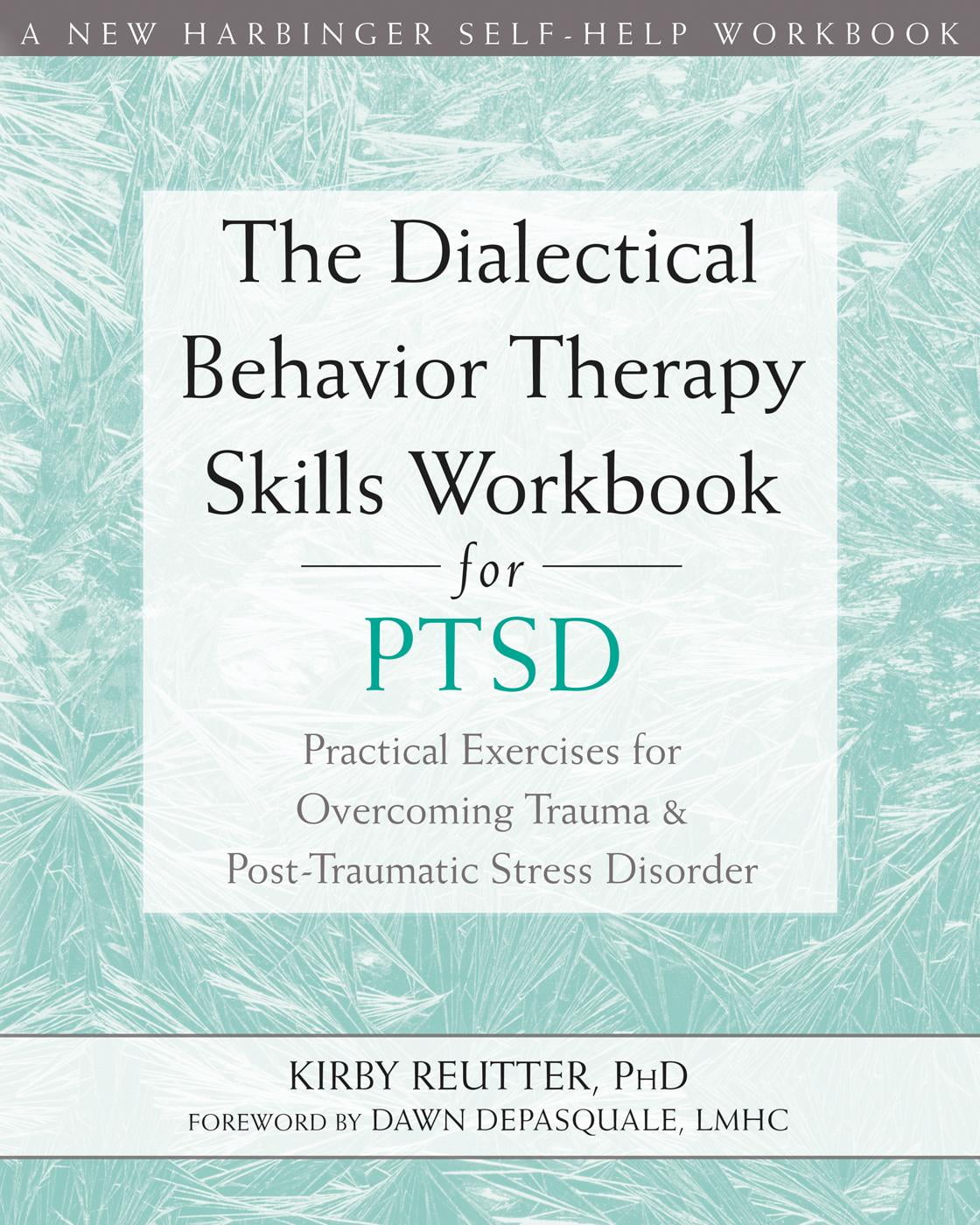Psychotherapy Service Toronto is a specialized branch of bodily therapy that focuses on the assessment, therapy, and rehabilitation of musculoskeletal conditions and accidents. The musculoskeletal system includes bones, joints, muscle tissue, ligaments, tendons, and other connective tissues. Orthopedic bodily therapists work with people of all ages who are experiencing musculoskeletal issues, whether they outcome from trauma, surgical procedure, sports accidents, or degenerative conditions.
Here are key aspects of orthopedic bodily therapy:
Assessment and Diagnosis:
Thorough evaluation of the patient's musculoskeletal situation, including a detailed examination of the affected space.
Diagnostic tests, imaging, and medical assessments help determine the foundation reason for ache or dysfunction.
Treatment Planning:
Development of customized treatment plans based on the assessment findings and the patient's particular targets.
Collaboration with different healthcare professionals to ensure comprehensive care.
Therapeutic Exercise:
Prescribing and guiding patients by way of targeted exercises to improve power, flexibility, and range of motion.
Designing progressive exercise packages to address particular orthopedic conditions.
Manual Therapy:
Hands-on techniques corresponding to joint mobilization, gentle tissue massage, and stretching to improve joint mobility and scale back ache.
Manual remedy is commonly used to handle restrictions and enhance tissue extensibility.
Postoperative Rehabilitation:
Providing rehabilitation companies for people recovering from orthopedic surgical procedures, similar to joint replacements, arthroscopic procedures, or ligament reconstructions.
Collaborating with surgeons to comply with postoperative protocols and optimize restoration.
Functional Training:
Implementing exercises that mimic real-life actions to reinforce useful capability and enhance daily activities.
Addressing biomechanical points and motion patterns contributing to musculoskeletal issues.
Pain Management:
Using numerous modalities, therapeutic workout routines, and handbook methods to manage ache associated with musculoskeletal circumstances.
Educating patients on ache administration strategies.
Patient Education:

Providing education on the affected person's particular situation, remedy plan, and preventive measures.
Instructing sufferers on proper body mechanics and ergonomics to forestall additional injuries.
Sports Injury Rehabilitation:
Assisting athletes in recovering from sports-related accidents, such as ligament sprains, muscle strains, or fractures.
Designing sports-specific rehabilitation programs.
Preventive Care:
Developing methods to forestall future musculoskeletal accidents.
Providing steerage on maintaining a wholesome, lively lifestyle.
Orthopedic physical therapy could tackle a broad range of conditions, including but not limited to:
Osteoarthritis
Rheumatoid arthritis
Fractures
Sprains and strains
Tendonitis
Rotator cuff injuries
Meniscus tears
Spinal situations (e.g., herniated discs)
Joint replacements
Patients often seek orthopedic physical therapy to restore function, reduce pain, and enhance total musculoskeletal health. Treatment plans are tailor-made to every individual's wants and should involve a combination of therapeutic exercises, manual remedy, and other interventions to attain optimal outcomes..
